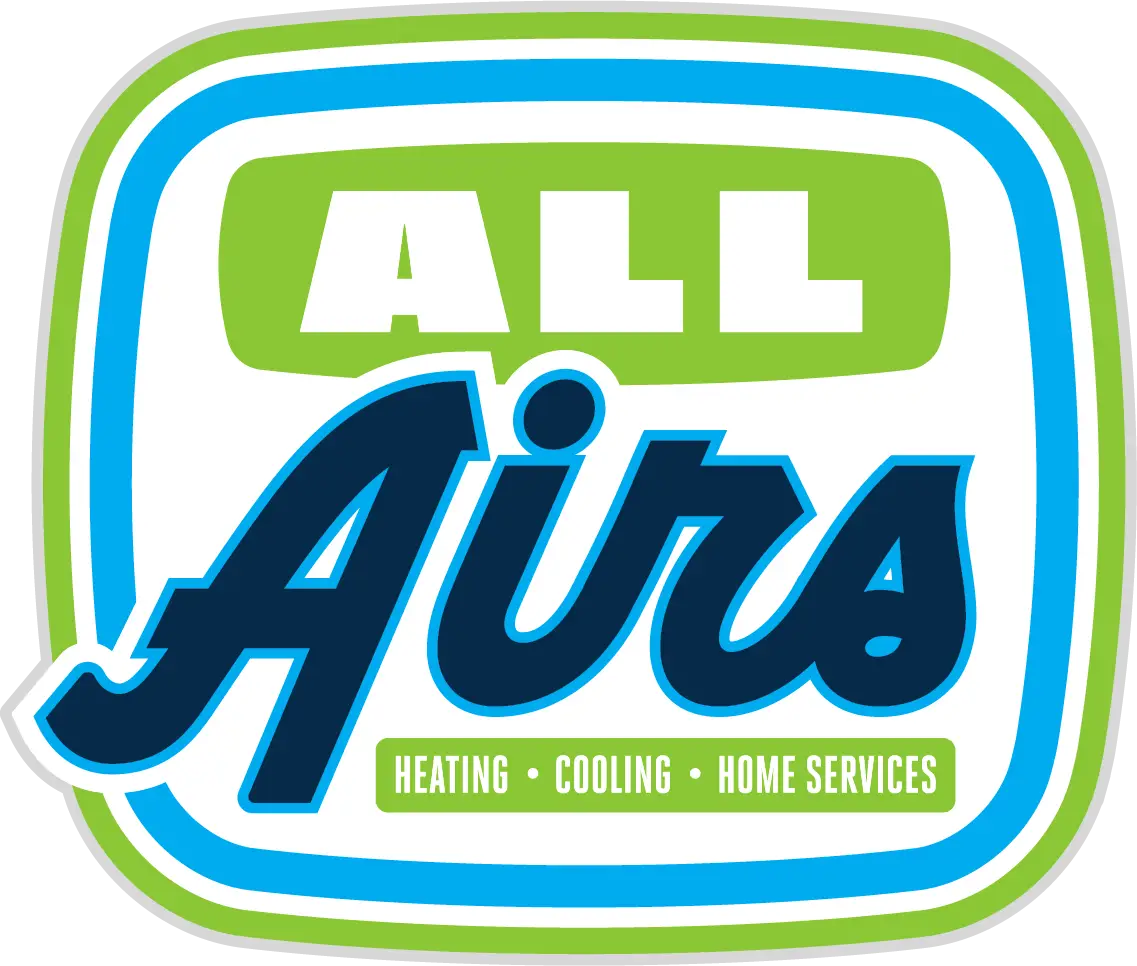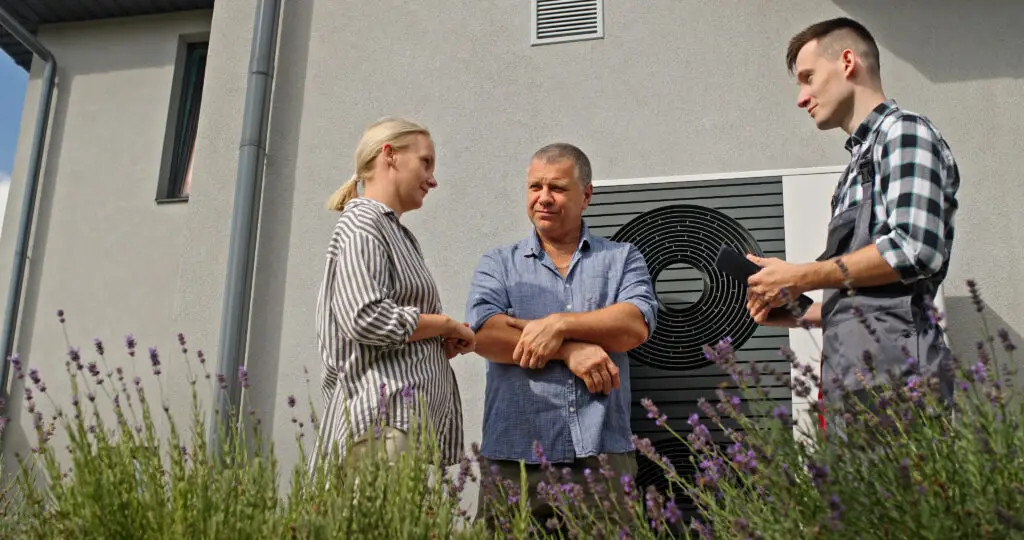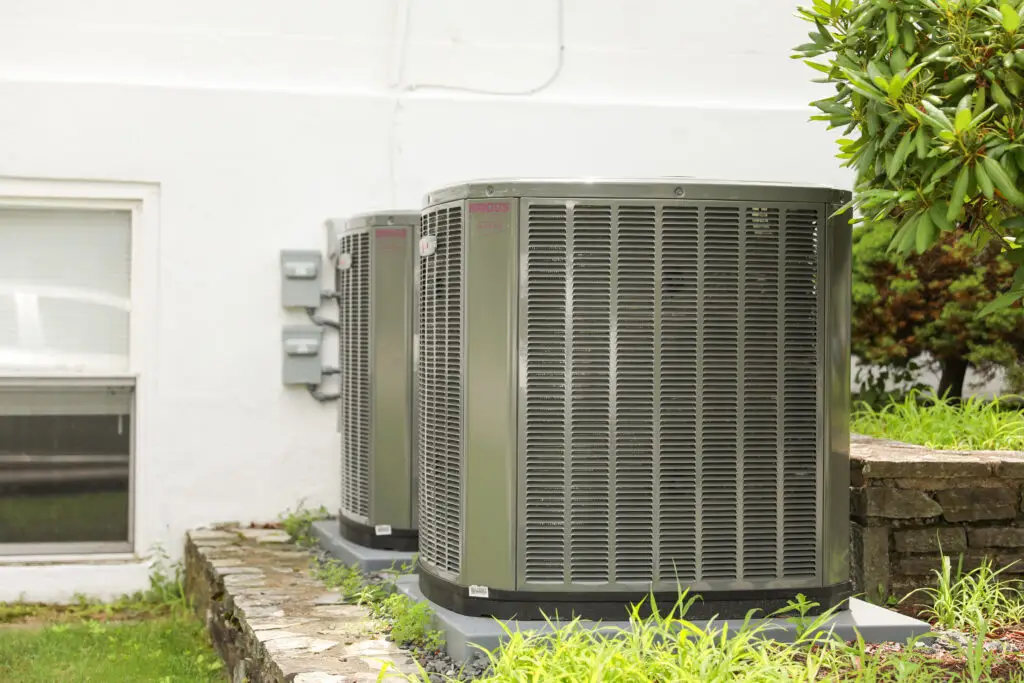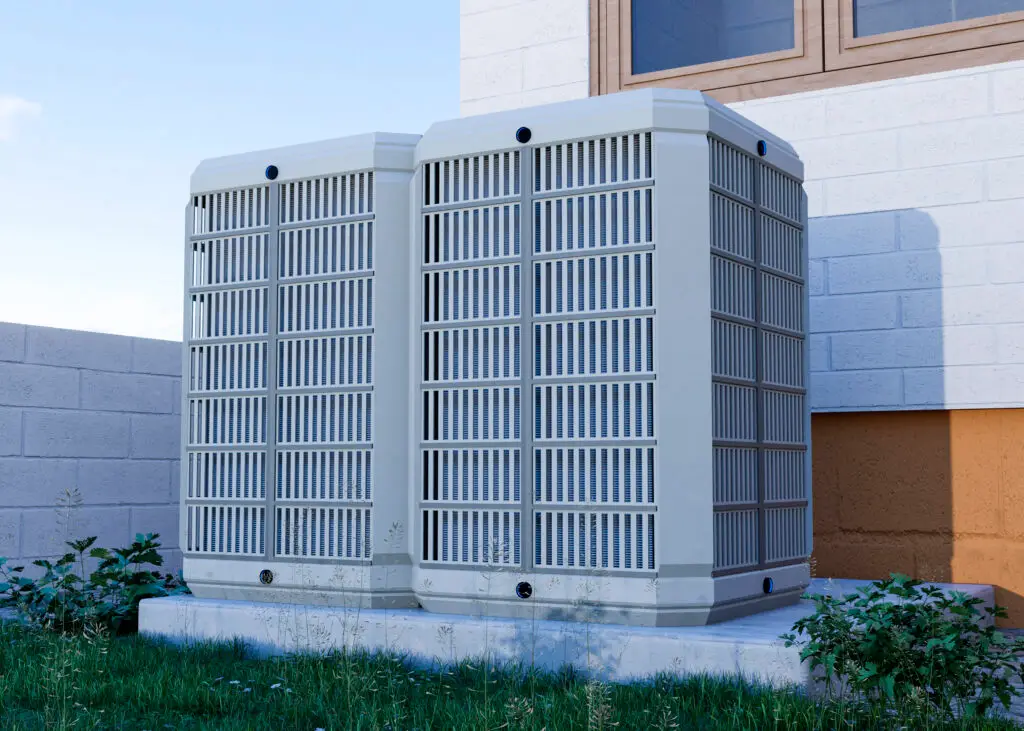When it comes to keeping your home comfortable year-round, one size doesn’t always fit all. In many houses—especially multi-story homes, additions, or homes with rooms that get extra sun—some areas can feel too warm or too cold even when the thermostat seems satisfied. That’s where zoning comes in. Zoning lets you tailor heating and cooling to different parts of your home, which means better comfort and lower energy bills.
Whether you live in Marietta, Kennesaw, Sandy Springs, Cartersville, or somewhere within 20–30 miles from Kennesaw, zoning is a strategy you can benefit from.
What Is Home HVAC Zoning?
HVAC zoning divides your home into separate areas, or “zones.” Each zone has its own thermostat, which controls motorized dampers in your ductwork. When a zone needs heating or cooling, its damper opens to deliver conditioned air. Zones that don’t need it stay closed or reduced. This ensures that your HVAC system only works where it’s needed instead of running full blast throughout the entire house.
Why Zoning Helps Homeowners
- Targeted comfort: Rooms with different sun exposure or usage patterns get the exact temperature they need without overcooling or overheating unused areas.
- Lower energy bills: By directing heating or cooling only to occupied spaces, your system runs less and uses less energy.
- Less wear and tear: Because the system doesn’t have to run constantly at full force, zoning reduces stress on your HVAC equipment.
- Flexible for remodels or additions: Adding a new sunroom, finishing a basement, or creating a bonus room? Zoning can adapt without requiring a full system overhaul.
Common Zoning Approaches for Homes
- Two-zone split: Often upstairs versus downstairs, perfect for multi-story homes.
- Multiple zones by section: Larger homes may benefit from dividing into three or more zones to balance comfort throughout the space.
- Ductless mini-splits: Ideal for bonus rooms, garages, or sunrooms that are difficult to cool or heat evenly.
- Smart thermostats with zone controls: Great for homeowners who want scheduling, remote control, and more precise adjustments.
Real-Life Examples in Georgia Homes
- In Marietta, upstairs bedrooms may get extra hot in the afternoon sun. With zoning, you can cool just that area without overcooling the main floor.
- In Cartersville, a bonus room above the garage may stay too warm. A mini-split or dedicated zone can solve that issue without overburdening your main system.
- In Kennesaw or Sandy Springs, you might only need one wing of your home cooled on mild days. Zoning makes that possible without wasting energy.
Tips for Designing a Zoning System
- Work with a professional who performs a proper Manual J load calculation to size each zone accurately.
- Ensure your ductwork is designed or adjusted for proper airflow balance.
- Choose high-quality dampers and controls to avoid leaks and mechanical failures.
- Use smart thermostats for added convenience and efficiency.
- Start by zoning the most uncomfortable or problem areas first, then expand later if needed.
- Keep up with maintenance—dampers and sensors should be inspected regularly, just like the rest of your HVAC system.
Is Zoning Worth It for Georgia Homeowners?
Absolutely. With Georgia’s hot summers and unpredictable temperature swings, zoning helps reduce hot and cold spots, lowers energy bills, and extends the life of your HVAC system. For many families, the payoff is noticeable in both comfort and cost savings.
Ready to Zone Your Home?
If you live in Marietta, Kennesaw, Sandy Springs, Cartersville, or anywhere within 20–30 miles of Kennesaw, All Airs Home Services can design a zoning system that makes every corner of your home comfortable.
Call All Airs Home Services today at (470) 928-5909 or request a quote online to learn how zoning can improve your home’s efficiency and comfort.




